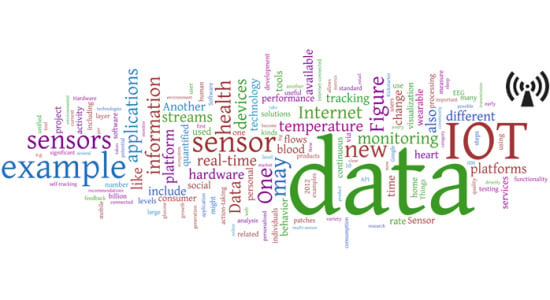Sensor Mania! The Internet of Things, Wearable Computing, Objective Metrics, and the Quantified Self 2.0
Abstract
:1. Introduction: The Rapid Approach of the Internet of Things
1.1. What is the Internet of Things?
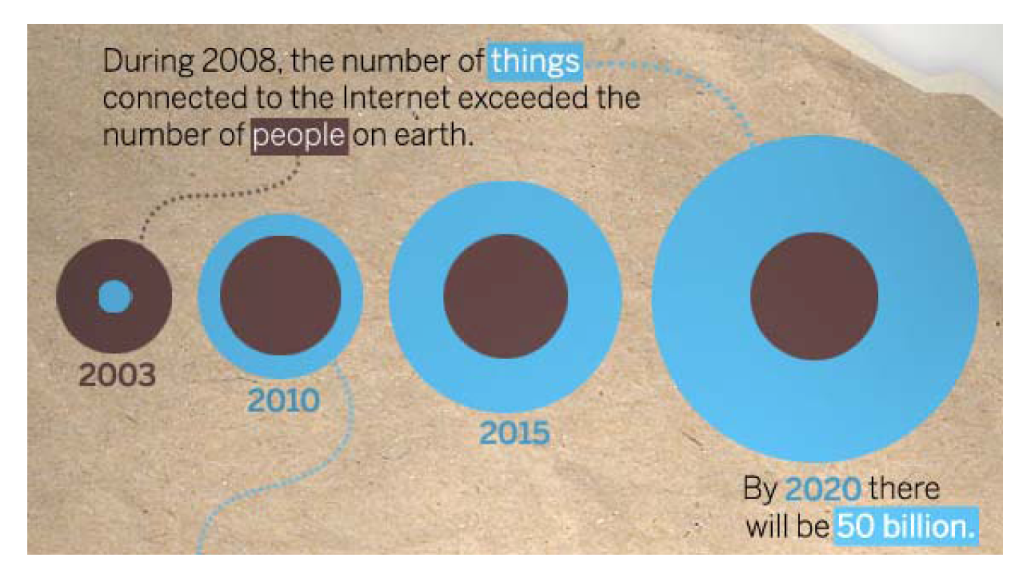
1.2. The Internet of Things Ecosystem

2. Hardware Sensor Platforms
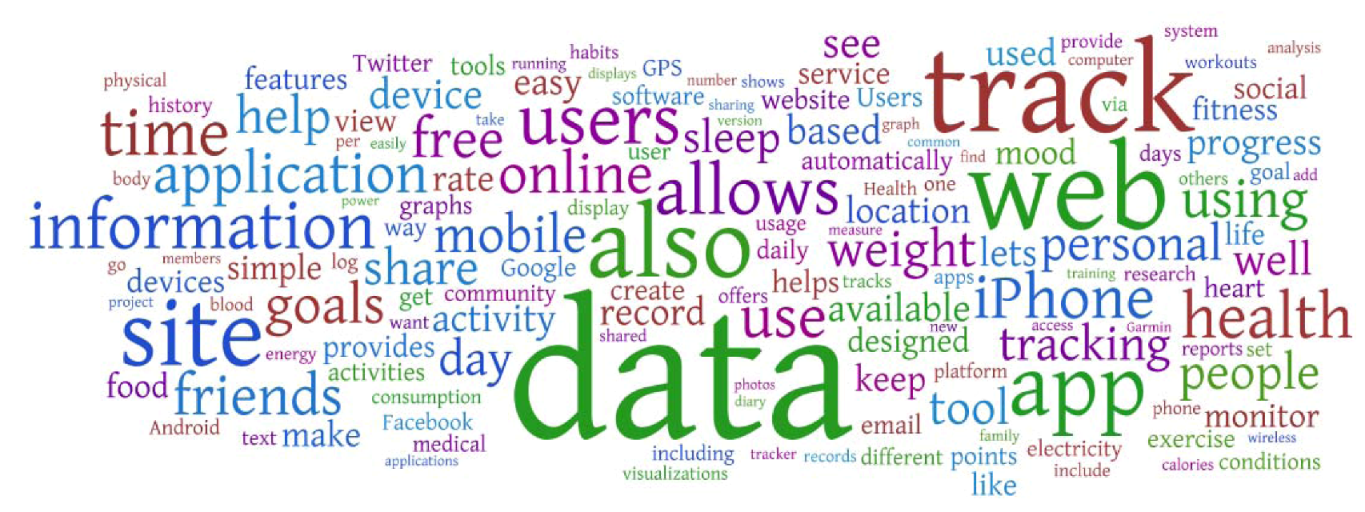
2.1. Smartwatches and Wristband Sensors

2.2. Wearable Sensors and Monitoring Patches

2.3. Continuous IOT Monitoring and Advances in Blood Testing 2.0

2.4. Brain-Computer Interfaces (BCIs), Neuro-Sensing, and Emotion-Mapping

2.5. Smartphone and Smartphone Plus Peripheral

2.6. Environmental Monitoring and Home Automation Sensors

3. Software Processing and Data Transmission
| Name | Sensor Hardware Platform | Sensor Operating System | Software Processing and Development Environment | Sensor Data Integration Platform |
|---|---|---|---|---|
| DIY Hardware and Software Components (for programmers) | ||||
| Arduino | X | X | X | |
| http://www.arduino.cc/ | ||||
| Electric Imp | X | X | X | |
| http://electricimp.com/ | ||||
| Flexibity Internet Sensors | X | X | X | |
| http://www.flexibity.com/ | ||||
| DIY Hardware and Software Components (for programmers) | ||||
| Contiki | X | |||
| http://www.contiki-os.org/ | ||||
| Tiny.os | X | |||
| http://www.tinyos.net/ | ||||
| Processing.org | X | |||
| http://processing.org/ | ||||
| Cosm | X | |||
| https://cosm.com/ | ||||
| Sen.se | X | |||
| http://open.sen.se/ | ||||
| Singly | X | |||
| https://singly.com/ | ||||
| Sympho.Me | X | |||
| http://sympho.me/ | ||||
| Fluxtream | X | X | ||
| https://fluxtream.com/ | ||||
| Consumer-ready IOT Sensing Solutions (Minimal Setup Required) | ||||
| Current Cost NetSmart meter | X | X | X | X |
| http://www.currentcost.com | ||||
| Twine | X | X | X | X |
| http://supermechanical.com/ | ||||
| Ninja Blocks | X | X | X | X |
| http://ninjablocks.com/ | ||||
| knut | X | X | X | X |
| http://www.amperic.com/ | ||||
| Beesper | X | X | X | X |
| http://www.beesper.com/ | ||||
| Green Goose | X | X | X | X |
| http://www.greengoose.com/ | ||||
| Bubblino | X | X | X | X |
| http://bubblino.com/ | ||||
| Good Night Lamp | X | X | X | X |
| http://goodnightlamp.com/ | ||||
3.1. DIY Hardware and Software Components (for programmers)
3.1.1. Sensor Hardware Platforms, Operating Systems, and Software Processing and Development Environments
3.1.2. Sensor Data Platforms

3.1.3. Platforms for Integrated Data, Integrated APIs, and Personal Data Web Services
3.1.4. Tools for Operating Quantified IOT Experiments on the Self, Home, and Environment
3.2. Consumer-Ready IOT Sensing Solutions (Minimal Setup Required)

4. Information Visualization (Infovizzy) Layer
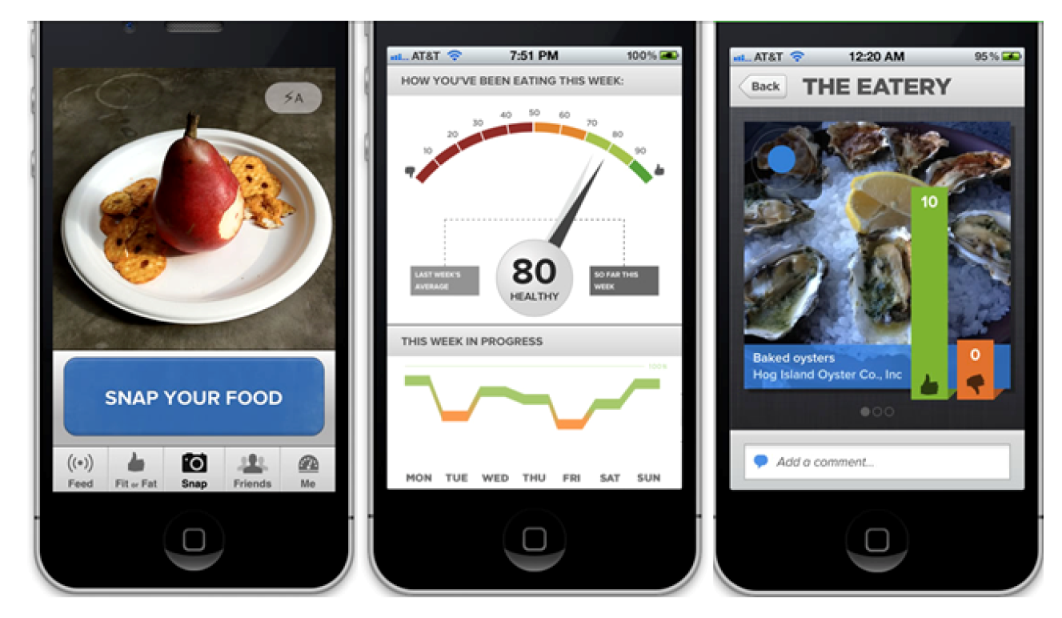
4.1. Tools for Data Visualization
4.2. Continuously Updating Real-Time Sensor Data Visualization
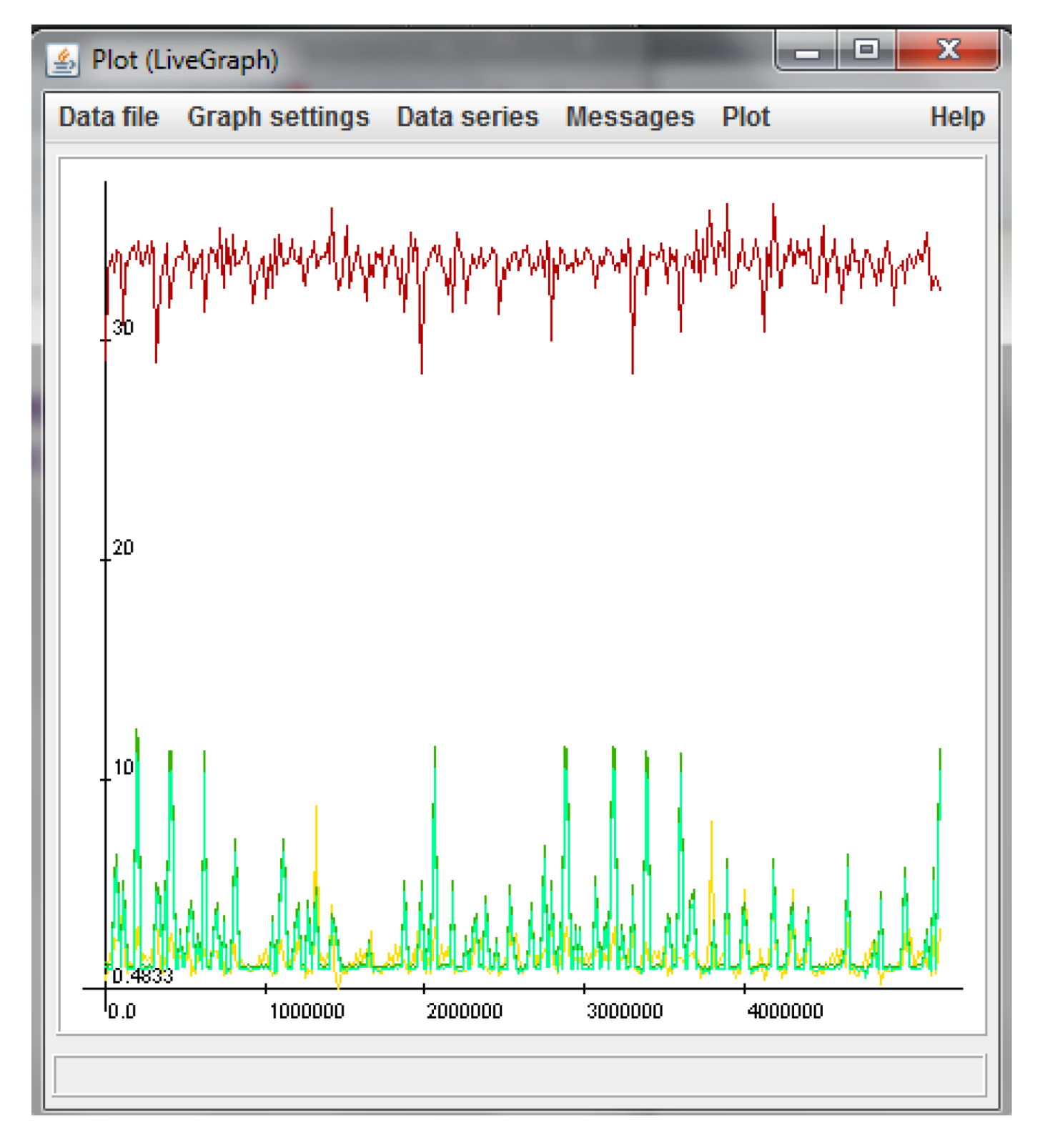
5. Action-Taking Layer, the ‘So What’ Interface
5.1. Not Just More Data—New Kinds of Data!
5.1.1. All Data is Salient
5.1.2. Anomaly Detection
5.1.3. Correlations
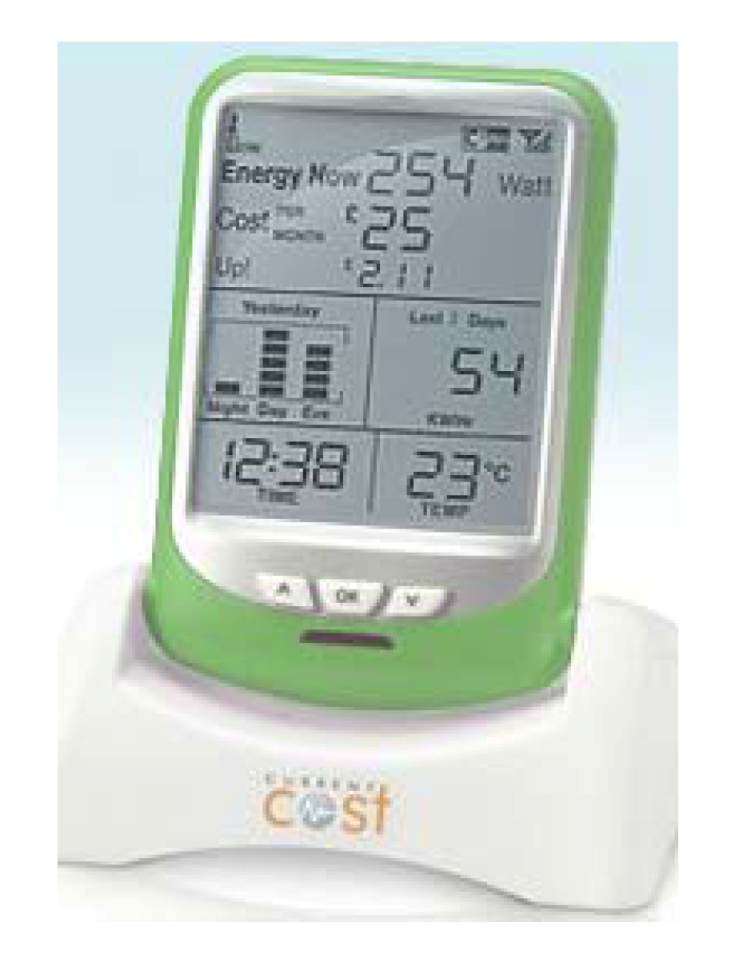

5.1.4. Higher-Frequency Data Points

5.2. Interpreting the New Kinds of IOT Data Flows
5.3. Producing Lasting Behavior Change
5.3.1. Light-Touch IOT Microcommunications: Ambient Notification, Micropractices, and SMS Coaching
5.3.2. Access to Core Drivers of Human Behavior—New IOT Data Flows
6. The Enablement Layer (Supporting Infrastructure)
6.1. The New Business Model: Maturation of Crowdfunding
6.2. Software Developer Community Formation—New Era of IOT Hacking Inspired
6.3. Structural Change as an Enabler
7. Conclusion
7.1. Limitations
7.2. Defining an Internet of Things Research Agenda
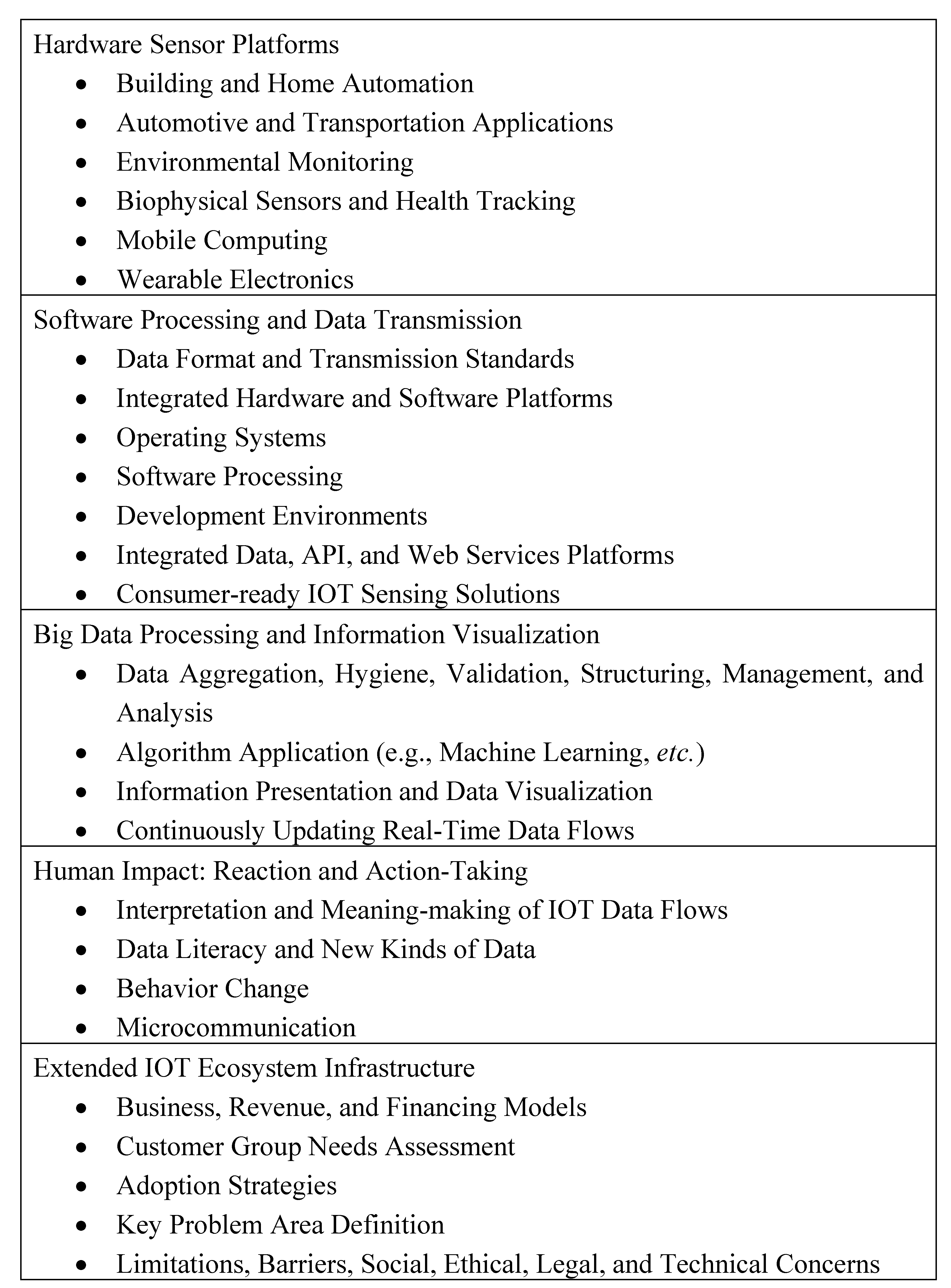
7.3. Internet of Things Vision and Roadmap
7.3.1. Short-Term Applications: Biophysical Monitoring, Performance Fitness Training, 24/7 Unobtrusive Wearable Electronics, and Biometric Recommendation Engines
7.3.2. Long-Term Possibilities: Continuous Passive Information Climate, Big Data and Machine Learning, and Data Literate Populations
Conflicts of Interest
Acknowledgements
References
- National Intelligence Council. Disruptive Technologies Global Trends 2025. Six Technologies with Potential Impacts on US Interests Out to 2025. 2008. Available online: http://www.fas.org/irp/nic/disruptive.pdf (accessed on 31 October 2012).
- Vinge, V. Who’s Afraid of First Movers? The Singularity Summit, San Francisco, CA, USA, 13–14 October 2012. Available online: http://singularitysummit.com/schedule/ (accessed on 31 October 2012).
- GMSA. Connected Life Top Ten Applications by 2020. Available online: http://connectedlife.gsma.com/toptenappsin2020/#_ftn1 (accessed on 31 October 2012).
- Murphy, C. Union Pacific Delivers Internet Of Things Reality Check. InformationWeek. 2012. Available online: http://www.informationweek.com/global-cio/interviews/union-pacific-delivers-internet-of-thing/240004930 (accessed on 31 October 2012).
- X Prize Foundation. X PRIZE and Qualcomm Announce $10 Million Tricorder Prize. X Prize Blog. 2011. Available online: http://www.xprize.org/x-prize-and-qualcomm-announce-10-million-tricorder-prize (accessed on 31 October 2012).
- Buntz, B. An Internet of You: Bringing Sensors out of the Clinic into Our Lives. European Medical Device Technology. 2012. Available online: http://www.emdt.co.uk/article/internet-you-bringing-sensors-out-clinic-our-lives.
- Evans, D. The Internet of Things. Cisco Blog. 2011. Available online: http://blogs.cisco.com/news/the-internet-of-things-infographic/ (accessed on 31 October 2012).
- Brand, T. Connected Living: The Next Wave of Mobile Devices. GSMA Ministerial Programme. 2012. Available online: http://www.gsma.com/connectedliving/wp-content/uploads/2012/05/thenextwaveofmobiledevices.pdf (accessed on 31 October 2012).
- Newton, C. New patent hints at Google Glass wristwatch. cnet. 2012. Available online: http://news.cnet.com/8301-17938_105-57525456-1/new-patent-hints-at-google-glass-wristwatch/ (accessed on 31 October 2012).
- Jung, S. Larklife Looks to Help You Improve Your Health and Your Sleep. 2012. Available online: http://techcrunch.com/2012/10/17/amiigo-is-a-fitness-bracelet-plus-app-that-knows-what-type-of-exercise-youre-doing-and-what-its-doing-to-you/ (accessed on 31 October 2012). medGadget.
- Lomas, N. Amiigo Is A Fitness Bracelet (Plus App) That Knows What Type Of Exercise You’re Doing—And What It’s Doing To You. TechCrunch. 2012. Available online: http://techcrunch.com/2012/10/17/amiigo-is-a-fitness-bracelet-plus-app-that-knows-what-type-of-exercise-youre-doing-and-what-its-doing-to-you/ (accessed on 31 October 2012).
- Poh, M.Z.; Swenson, N.C.; Picard, R.W. A wearable sensor for unobtrusive, long-term assessment of electrodermal activity. IEEE Trans. Biomed. Eng. 2010, 57, 1243–1252. [Google Scholar] [CrossRef]
- Prakash, D.; Berlin, E. Adhesive-Based Technologies Stick to Home Healthcare. Medical Device and Diagnostic Industry. 2012. Available online: http://www.mddionline.com/article/adhesive-technologies-home-healthcare (accessed on 31 October 2012).
- Schwartz, A. No More Needles: A Crazy New Patch Will Constantly Monitor Your Blood. Co.EXIST. 2012. Available online: http://www.fastcoexist.com/1680025/no-more-needles-a-crazy-new-patch-will-constantly-monitor-your-blood (accessed on 31 October 2012).
- Talbot, D.; Sutton, K. Making Stretchable Electronics. MIT Technology Review. 2012. Available online: http://www.technologyreview.com/demo/428944/making-stretchable-electronics/ (accessed on 31 October 2012).
- Ostrovsky, G. New Startup Develops Continuous Blood Pressure Measurement without a Counter-Pressure Cuff. medGadget. 2012. Available online: http://medgadget.com/2012/02/new-startup-develops-continuous-blood-pressure-measurement-without-a-counter-pressure-cuff.html (accessed on 31 October 2012).
- Neithercott, T. Continuous Glucose Monitors. Diabetes Forecast. 2012. Available online: http://forecast.diabetes.org/magazine/features/continuous-glucose-monitors?page=2 (accessed on 31 October 2012).
- Ahlberg, L. Pocket chemistry: DNA Helps Glucose Meters Measure More Than Sugar, 2012. Available online: http://news.illinois.edu/news/11/0725glucose_meter_YiLu.html (accessed on 31 October 2012).
- Xiang, Y.; Lu, Y. Using personal glucose meters and functional DNA sensors to quantify a variety of analytical targets. Nat. Chem. 2011, 3, 697–703. [Google Scholar]
- Lewis, N. Remote Patient Monitoring Market to Double By 2016. InformationWeek Healthcare. 2012. Available online: http://www.informationweek.com/healthcare/mobile-wireless/remote-patient-monitoring-market-to-doub/240004291 (accessed on 31 October 2012).
- Kadet, A. When Medical Testing Gets in Your Blood. SmartMoney. 2012. Available online: http://www.smartmoney.com/spend/technology/when-medical-selftesting-gets-in-your-blood-1344972486855/ (accessed on 31 October 2012).
- Papakostas, G.I.; Shelton, R.C.; Kinrys, G.; Henry, M.E.; Bakow, B.R.; Lipkin, S.H.; Pi, B.; Thurmond, L.; Bilello, J.A. Assessment of a multi-assay, serum-based biological diagnostic test for major depressive disorder: a Pilot and Replication Study. Mol. Psychiatry 2011. [Google Scholar]
- Heianza, Y.; Arase, Y.; Fujihara, K.; Tsuji, H.; Saito, K.; Hsieh, S.; Kodama, S.; Shimano, H.; Yamada, N.; Hara, S.; Sone, H. High normal HbA(1c) levels were associated with impaired insulin secretion without escalating insulin resistance in Japanese individuals: The Toranomon Hospital Health Management Center Study 8 (TOPICS 8). Diabet. Med. 2012, 29, 1285–1290. [Google Scholar]
- Petersen, M.K.; Stahlhut, C.; Stopczynski, A.; Larsen, J.E.; Hansen, L.K. Smartphones Get Emotional: Mind Reading Images and Reconstructing the Neural Sources. In Proceedings of Affective Computing and Intelligent Interaction Conference, Memphis, TN, USA, 9–12 October 2011; Available online: http://www2.imm.dtu.dk/pubdb/views/edoc_download.php/6124/pdf/imm6124.pdf (accessed on 31 October 2012).
- Villarejo, M.V.; Zapirain, B.G.; Zorrilla, A.M. A stress sensor based on Galvanic Skin Response (GSR) controlled by ZigBee. Sensors 2012, 12, 6075–6101. [Google Scholar] [CrossRef]
- Heine, B. iOS And Android Are Growing Faster Than any other Digital Revolution in History. Cult of Android. 2012. Available online: http://www.cultofandroid.com/15276/ios-and-android-are-growing-faster-than-any-other-digital-revolution-in-history/ (accessed on 31 October 2012).
- Parikh, R. Interview with Max Little, Ph.D.,Director of the Parkinson’s Voice Initiative. medGadget. 2012. Available online: http://medgadget.com/2012/08/interview-with-max-little-ph-d-director-of-the-parkinsons-voice-initiative.html (accessed on 31 October 2012).
- Stomp, W. LifeWatch V: Android-based Healthcare Smartphone Packed with Medical Sensors. medGaget. 2012. Available online: http://medgadget.com/2012/07/lifewatch-v-android-based-healthcare-smartphone-packed-with-medical-sensors.html (accessed on 31 October 2012).
- Nazarian, R. Sensordrone will give your smartphone or tablet a sixth sense and beyond. Talk Android. 2012. Available online: http://www.talkandroid.com/116358-sensordrone-will-give-your-smartphone-or-tablet-a-sixth-sense-and-beyond/ (accessed on 31 October 2012).
- Owano, N. Electric Imp Serves up plants-thirsty, Lights-on Control. Phys.Org News. 2012. Available online: http://phys.org/news/2012-05-electric-imp-plants-thirsty-lights-on.html (accessed on 31 October 2012).
- Augemberg, K. In Search of the Perfect Quantified-Self App. Part 2: The Apps That Track Them All. MeasuredMe. 2012. Available online: http://www.measuredme.com/2012/09/in-search-of-the-perfect-quantified-self-app-part-2-the-apps-that-track-them-all.html (accessed on 31 October 2012).
- Anonymous. Smart Electric Meters, Advanced Metering Infrastructure, and Meter Communications: Global Market Analysis and Forecasts. PikeResearch. 2012. Available online: http://www.pikeresearch.com/research/smart-meters (accessed on 31 October 2012).
- Nguyen, D. Chapter 1. Using Google Refine to Clean Messy Data. The ProPublica Nerd Blog. 2010. Available online: http://www.propublica.org/nerds/item/using-google-refine-for-data-cleaning (accessed on 31 October 2012).
- tinkerlog. Visualizing sensor data with OSX? Electrical Enginnering StackExchange. 2009. Available online: http://electronics.stackexchange.com/questions/1192/visualizing-sensor-data-with-osx (accessed on 31 October 2012).
- Swan, M. Multigenic condition risk assessment in direct-to-consumer genomic services. Genet. Med. 2010, 12, 279–288. [Google Scholar]
- Taleb, N.N. Umberto Eco’s Antilibrary. In The Black Swan: The Impact of the Highly Improbable; Random House: New York, NY, USA, 2007; pp. 1–25. [Google Scholar]
- Swan, M. Health 2050: The Realization of Personalized Medicine through Crowdsourcing, the Quantified Self, and the Participatory Biocitizen. J. Pers. Med. 2012, 2, 93–118. [Google Scholar] [CrossRef]
- Swan, M. Microcommunication: High-Valence Minicontent Bursts. Broader Perspective. 2012. Available online: http://futurememes.blogspot.com/2012/09/microcommunication-high-valence.html (accessed on 31 October 2012).
- Kong, A.; Beresford, S.A.; Alfano, C.M.; Foster-Schubert, K.E.; Neuhouser, M.L.; Johnson, D.B.; Duggan, C.; Wang, C.Y.; Xiao, L.; Jeffery, R.W.; et al. Self-monitoring and eating-related behaviors are associated with 12-month weight loss in postmenopausal overweight-to-obese women. J. Acad. Nutr. Diet. 2012, 112, 1428–1435. [Google Scholar]
- Wood, G.; Newborough, M. Dynamic energy-consumption indicators for domestic appliances: environment, behaviour and design. Energ. Build. 2003, 35, 821–841. [Google Scholar]
- Parker, D.S. Pilot Evaluation of Energy Savings from Residential Energy Demand Feedback Devices. Sol. Energ. 2008, 13, 1–32. [Google Scholar]
- Petersen, J.E.; Shunturov, V.; Janda, K.; Platt, G.; Weinberger, K. Dormitory residents reduce electricity consumption when exposed to real-time visual feedback and incentives. Int. J. Sustain. High. Educ. 2007, 8, 16–33. [Google Scholar] [CrossRef]
- Day, B. GymPact pays you for exercising with RunKeeper. Health Graph Blog. 2012. Available online: http://blog.healthgraph.com/2012/08/29/gympact/ (accessed on 31 October 2012).
- Dolan, B. Lloyds Pharmacies to sell Proteus smart pills, sensors. Mobihealthnews. 2012. Available online: http://mobihealthnews.com/15820/lloyds-pharmacies-to-sell-proteus-smart-pills-sensors/.
- Milian, M. New Incubators Focus on Hardware. Bloomberg. 2012. Available online: http://go.bloomberg.com/tech-deals/2012-06-19-new-incubators-focus-on-hardware/ (accessed on 31 October 2012).
- Harper, J. Pros and Cons of Telemedicine for Today’s Workers. U.S. News. 2012. Available online: http://health.usnews.com/health-news/articles/2012/07/24/pros-and-cons-of-telemedicine-for-todays-workers/ (accessed on 31 October 2012).
- Legal & Regulatory Affairs Staff. Reimbursement for telehealth services. Practice Central. 2011. Available online: http://www.apapracticecentral.org/update/2011/03-31/reimbursement.aspx (accessed on 31 October 2012).
- Anonymous. ‘Obamacare’ Insurance Exchanges: Let's Get Going. Los Angeles Times. 2012. Available online: http://articles.latimes.com/2012/feb/08/opinion/la-ed-exchange-20120208 (accessed on 31 October 2012).
- Lardinois, F. Chain-Link Confidentiality: A HIPAA-Like Approach to Online Privacy. Tech Crunch. 2012. Available online: http://techcrunch.com/2012/05/05/chain-link-confidentiality-hipaa-for-online-privacy/ (accessed on 31 October 2012).
- Krumholz, H. Pigs Fly as Open Science Comes To Big Pharma. Forbes. 2012. Available online: http://www.forbes.com/sites/harlankrumholz/2012/10/11/pigs-fly-as-open-science-comes-to-big-pharma/ (accessed on 31 October 2012).
- Dillow, C. MIT Energy Scavenger Harvests Power from Light, Vibrations, and Heat. POPSCI. 2012. Available online: http://www.popsci.com/science/article/2012-07/new-low-power-generator-scavenges-electricity-multiple-ambient-sources (accessed on 31 October 2012).
- Le, Q.V.; Ranzato, M.A.; Monga, R.; Devin, M.; Chen, K.; Corrado, G.S.; Dean, J.; Ng, A.Y. Building high-level features using large scale unsupervised learning. Proceedings of International Conference in Machine Learning, Edinburgh, Scotland, UK, June 26–July 2012; 2012. Available online: http://arxiv.org/abs/1112.6209 (accessed on 31 October 2012).
- Halevy, A.; Norvig, P.; Pereira, F. The unreasonable effectiveness of data. IEEE Intell. Syst. 2009, 24, 8–12. [Google Scholar]
- Michel, J.B.; Shen, Y.K.; Aiden, A.P.; Veres, A.; Gray, M.K.; Pickett, J.P.; Hoiberg, D.; Clancy, D.; Norvig, P.; et al. Google Books Team. Quantitative analysis of culture using millions of digitized books. Science 2011, 331, 176–182. [Google Scholar] [CrossRef]
© 2012 by the authors; licensee MDPI, Basel, Switzerland. This article is an open-access article distributed under the terms and conditions of the Creative Commons Attribution license (http://creativecommons.org/licenses/by/3.0/).
Share and Cite
Swan, M. Sensor Mania! The Internet of Things, Wearable Computing, Objective Metrics, and the Quantified Self 2.0. J. Sens. Actuator Netw. 2012, 1, 217-253. https://doi.org/10.3390/jsan1030217
Swan M. Sensor Mania! The Internet of Things, Wearable Computing, Objective Metrics, and the Quantified Self 2.0. Journal of Sensor and Actuator Networks. 2012; 1(3):217-253. https://doi.org/10.3390/jsan1030217
Chicago/Turabian StyleSwan, Melanie. 2012. "Sensor Mania! The Internet of Things, Wearable Computing, Objective Metrics, and the Quantified Self 2.0" Journal of Sensor and Actuator Networks 1, no. 3: 217-253. https://doi.org/10.3390/jsan1030217
APA StyleSwan, M. (2012). Sensor Mania! The Internet of Things, Wearable Computing, Objective Metrics, and the Quantified Self 2.0. Journal of Sensor and Actuator Networks, 1(3), 217-253. https://doi.org/10.3390/jsan1030217



